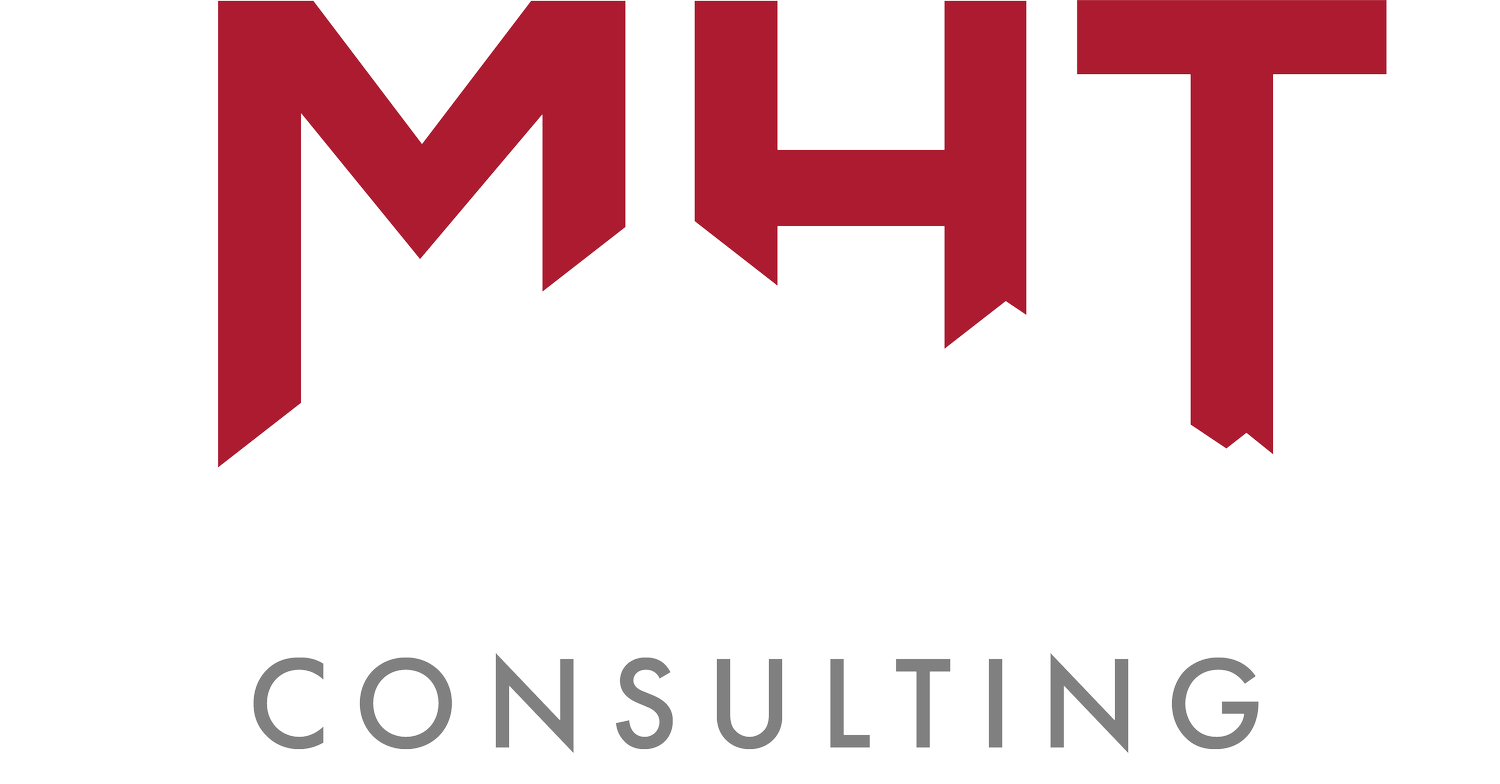SPCC Plans
If your facility stores or handles oil, including fuels, petroleum products and oil mixtures, and has significant storage capacity, you're required by federal law to have a Spill Prevention, Control, and Countermeasure (SPCC) plan.
The threshold is 1,320 gallons of aboveground storage or 42,000 gallons underground. If you’re handling oil in containers 55 gallons or larger, those count toward your total. That means nearly every oil and gas site qualifies - even just a few day tanks or engine oil drums can put you over the limit.
Skipping this important requirement could expose your business to significant financial and environmental risks.
If you believe your site doesn’t qualify, you may be eligible to file a Negative Declaration, but that’s a gray area. It requires verifying that no Waters of the U.S. are located within one mile of the site, and those definitions are constantly evolving. That’s why most MHT clients still prefer to proceed with a full SPCC plan to stay protected.
Common Compliance Issues
EPA inspections frequently uncover simple but significant mistakes. Some common issues include:
Missing or incomplete SPCC plans
Poor or insufficient secondary containment
Not documenting regular inspections
Employees not properly trained in spill response
Disorganized or incomplete record-keeping
These issues are easy to avoid if you're proactive and prepared. Regular checks and clear procedures are what make a difference.
What’s Included in an SPCC Plan?
Every facility is different, so your SPCC plan needs to match your specific risks and requirements. Typically, your plan will include:
Facility Assessment: Checking your site to understand risks and current containment measures.
Spill Prevention Measures: Simple, clear instructions for routine inspections, equipment maintenance and staff training.
Emergency Response: Easy-to-follow steps so your team knows exactly what to do if there's a spill.
Professional Certification: A licensed Professional Engineer (PE) certifies your plan to meet EPA standards.
Even flow-through equipment like scrubbers and heater treaters are documented. We also include site diagrams, which many facilities don’t already have, along with aerial and topographic maps for context.
If your site is under Bureau of Land Management (BLM) jurisdiction, we also offer:
A standard site diagram, and
A more detailed BLM site security diagram, including valve counts and full layout details per regulatory requirements.
How MHT Approaches SPCC Plans
Some providers offer self-certified plans where the client fills out a checklist and a PE signs off without ever seeing the site. We don’t do that. We believe accuracy matters, especially when it comes to compliance and protecting your operations. That’s why we only sign off on plans based on firsthand inspections conducted by our team.
Company vs. Facility-Specific Plans
Many larger companies now split SPCC plans into two parts:
A company-wide plan that includes general policies and regulatory language
And a facility-specific section that details equipment, containment and maps for each site
This structure saves time. For example, if the Responsible Official changes, only the company-wide portion needs to be updated, rather than modifying dozens (or hundreds) of individual plans.
SPCC Compliance Audits: Staying Prepared
Regular compliance audits keep your actual site conditions aligned with your SPCC plan, helping you avoid surprises during EPA inspections. Our audits include:
Checking current site conditions against your plan.
Inspecting containment systems and storage areas.
Simple, actionable reports with clear steps for addressing issues.
We also help with annual SPCC reviews. These are especially useful in the first few years of a site’s life, when equipment and layouts change more frequently.
During an annual review, we:
Compare your current site conditions to your most recent SPCC plan.
Identify whether any changes require updates.
Update the plan and reissue it if needed.
There are two types of changes:
Administrative changes (like updating contact info or removing equipment) don’t require PE certification.
Technical changes (like modifying secondary containment) do require PE review and approval.
Maintaining Your SPCC Plan
SPCC plans must be reviewed and updated at least every five years or whenever significant changes occur (like adding new tanks or changing site layout).
A written inspection is required every five years, though we can help with annual reviews to ensure everything still matches what’s on site. Some facilities mandate more frequent reviews in their plans, but we advise against adding stricter timelines than required unless necessary
How We Help Make SPCC Compliance Simple
We provide:
Clear onsite evaluations tailored to your facility's specific risks.
Customized, easy-to-follow SPCC plans.
Professional certification by a licensed engineer.
Straightforward reports with clear, actionable recommendations. Our inspection reports include photos, but the official SPCC plans typically include only diagrams and site maps (not photos).
